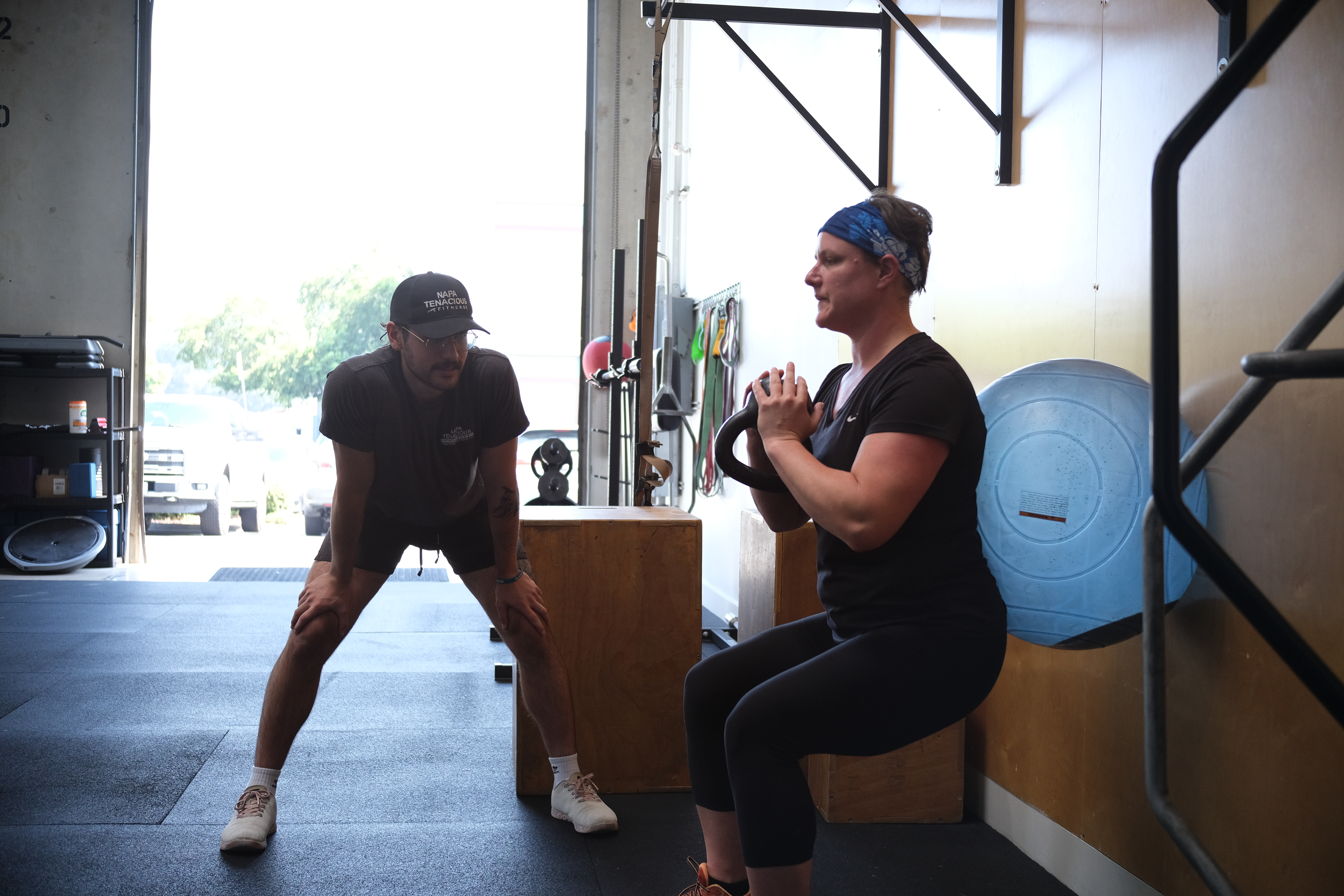Completing a full-body resistance training exercise session introduces a plethora of benefits toward everyday functionality. Movements featuring productive exercise-induced stress on the lower extremity, core, and upper extremity have historically demonstrated how they assist in optimizing the ability to move more efficiently, avoid injury, reduce physical pain from previous injuries, and bolster the interactions within our everyday quality of life. The ability to pick things up off the ground, reach overhead, and simply walk are aspects necessary to exist in this lifetime. Therefore, a strength training program to fortify these features of life substantially benefits our productivity and experiences as we operate in our normal daily functions. However, emphasizing lower body strength training is commonly overlooked in a beginner’s exercise routine. In other words, leg workouts need more attention.
The importance of lower body strength shouldn’t be overlooked. What do we do after we wake from a restful night’s sleep? Unless we’re a vampire sleeping in a coffin in an upright position, most humans usually perform a barrel roll on their mattress, pivot to the side of their bed, stand up, and walk. That’s right, we walk every day after we get out of bed. For those of us dealing with unpleasant hip, knee, ankle, or foot injuries, the inability to walk properly is quite the thorn in the side. The ability to walk properly can’t be overstated.
Alongside the functions of walking without pain or debilitating symptoms comes the multitude of functions our hips, knees, ankles, and feet offer us in our everyday lives. A few examples include stepping up and down stairs or curbs, pivoting and standing up out of our cars after we park to visit the grocery store, or kneeling to pick up an object from the ground. Furthermore, if we find ourselves on the ground in a kneeling position, or in the unpleasant event of tripping and falling, we need to get back up to a standing position. Without adequate lower extremity strength, we can find ourselves in a state of strife if we can’t stand up proficiently.
Our exercise prescription design for our personal training clients includes a full body injury prevention, mobility, and strength training routine. However, the first area of the body featured in a lower extremity movement. Whether it be a supine hip extension, side lying hip adduction, step up, lunge, hinge, or squat movement, the lower extremities are the first in line throughout a full schedule of training before exercising the muscles of the core, shoulders, and arms.
We perform lower extremity movements first because as humans interacting with the general population, we need to be able to walk, step up a few stairs, avoid the likelihood of falling, and get up off the ground. Additionally, lower extremity resistance training movements require more coordination and concentration when compared to upper body movements. Furthermore, performing lower extremity weight-bearing movements such as kettlebell or dumbbell goblet squats, lunges or step-ups with weights held by the side, or barbell squat and deadlift movements require a tremendous amount of neuromuscular coordination, focus, and purposeful intent to execute such rigorous movements efficiently and effectively. Weight-bearing lower extremity movements indeed elicit potent strength, coordination, and injury prevention adaptations. At the same time, these weight-bearing lower extremity movements have the potential to cause injuries not only during an exercise session when performed incorrectly, but also slowly add up throughout subsequent days, weeks, or even months to elicit overuse injuries to the lower spine, hips, knees, ankles, and feet if performed incorrectly.
A simple way to avoid lower extremity exercise injuries and complications is to conduct them first thing before your upper body or core movements each training session. This way, the neurological function and mental and physiological state of mind won’t be fatigued. If we were to complete upper extremity and core exercises before our heavier, compound lower extremity exercises, we might be fatigued both physically and mentally to be able to support the advanced coordination involved throughout our lower body movements. The lower extremities of the hip, knee, ankle, and foot have a higher surface area of muscles than the upper extremities. The glutes, hamstrings, quadriceps, calves, and tibialis anterior double the size of upper extremity musculature. Therefore, lower extremity muscles require more energy to function properly when compared to their neighbors residing in the shoulder blades, ribs, and arms.
Strength training for the entire body is of the utmost importance to empower the human body to thrive and prosper. The upper body and core should receive a sufficient amount of attention in an exercise routine. Appreciating the functions our lower body offers us in our ability to move efficiently as bipedal organisms shouldn’t be overlooked. If we’re looking to advance our strength to support our everyday lives, take some time to exercise the lower body before venturing into other strength training movements.
Sean McCawley, the founder and owner of Napa Tenacious Fitness in Napa, CA, welcomes questions and comments. Reach him at 707-287-2727, napatenacious@gmail.com, or visit the website napatenaciousfitness.com.

